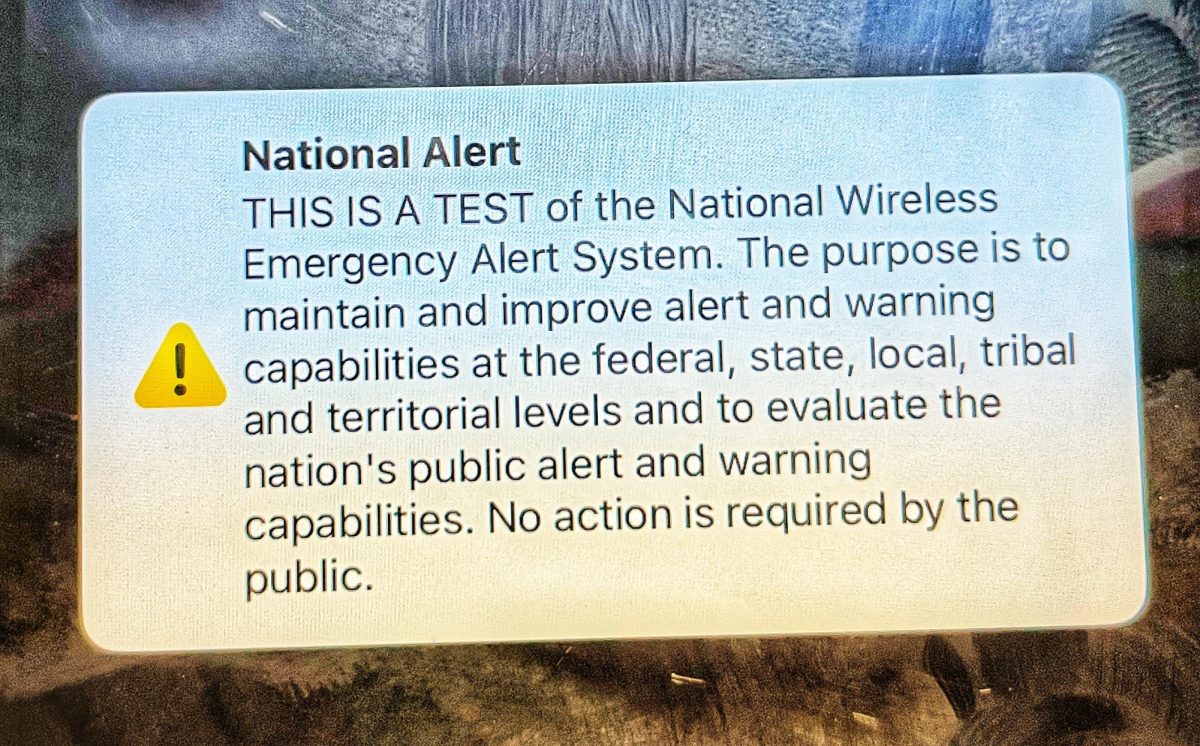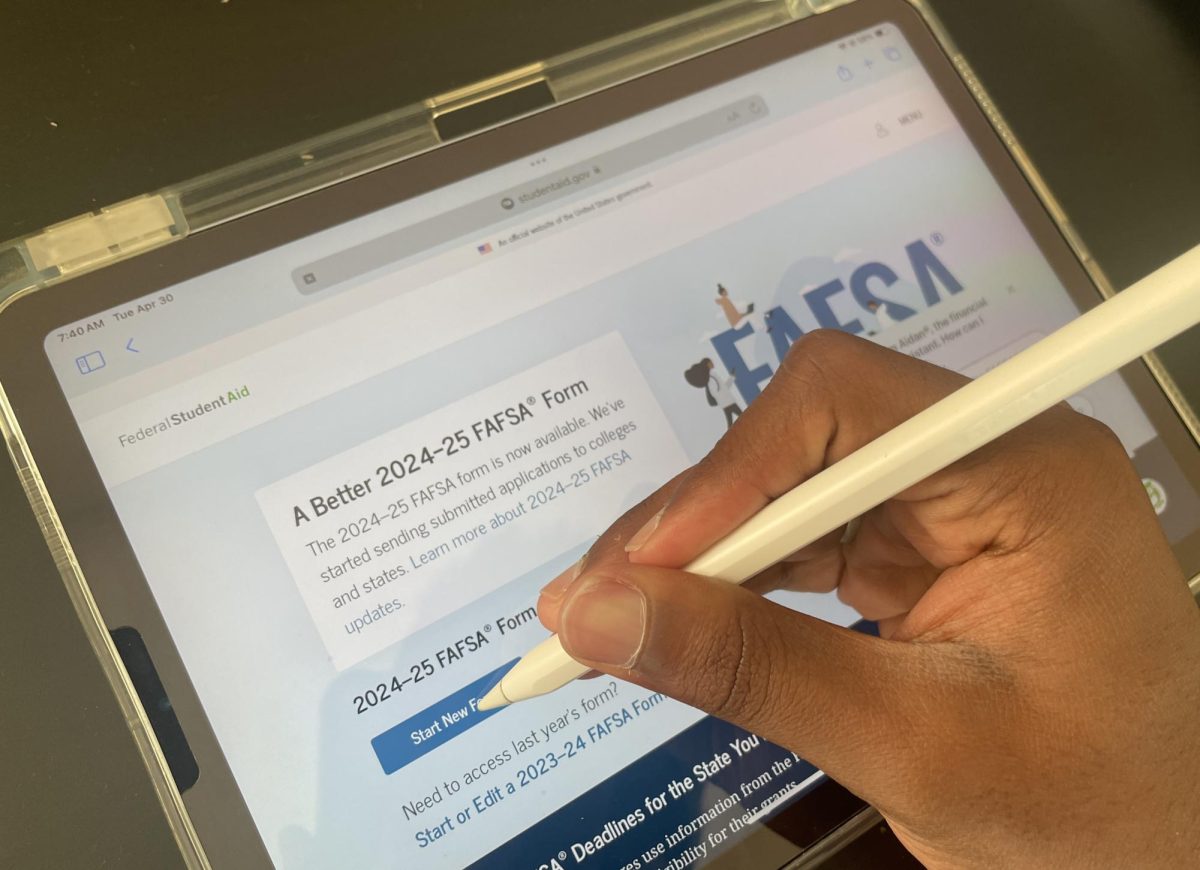On October 4th, the Federal Emergency Management Agency(FEMA) sent out an emergency alert to all devices nationwide for testing purposes.
The goal of this test alert was to ensure the effectiveness of the emergency response and to make sure the public could be alerted about threats at the national level. Sent with a loud emergency sound, the notification provided the necessary information about the test. This trend of sending digital test alerts is common to other nations, such as Russia, which also held their alerts on the same day.
“Alerts are generally good for the country as they are a great thing to incorporate as they make the spread of info much faster and can provide better results in terms of an emergency,” said SungJu Yoon (‘24).
With the help of the FCC (Federal Communications Commission), the government sent out the message on technological devices. With the last one being sent out in 2021, the emergency was set out through a WEA test for all phones, while the EAS test was sent out to all radios and television.
“Well, I think everybody’s phone numbers are mostly public. So it’s just going through an algorithm and calling every number in a sequence. If you want to block that number, that’s fine. But it’s just like a robocall that is giving you a heads up that this is going to happen, and we are going to play with it,” said Kevin Kiyoi, AV Computer Science Teacher.
With the alert system adapting to new technology, errors and mistakes have increased over the years. The alert on Wednesday was sent out two minutes earlier than expected, causing it to trend over social media. Some other issues cover phones not getting the message and accidental messages being sent out. Testing can help find and patch the mistakes before things get serious.
“If there ever is a wrong alert, whether it’s delayed or just false, that would have larger consequences than people think. The importance of the alert would lessen as not many people will trust it, and the delay of these messages may put people at risk,” said Rishima Agnihotri, USCS Freshman.
FEMA’s recent nationwide emergency alert test highlights the ongoing challenges in ensuring timely and accurate public notifications about national threats. As technology evolves, addressing these issues is crucial for maintaining the effectiveness and credibility of emergency alert systems in the future.











